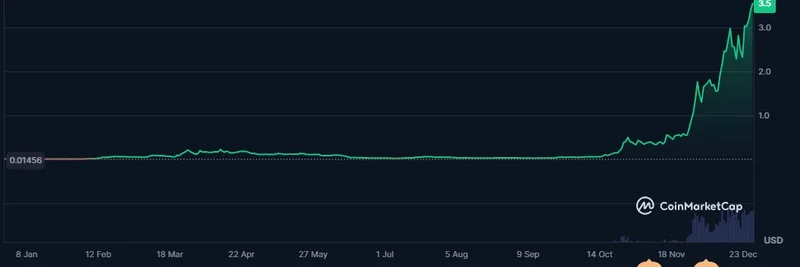In the ever-evolving blockchain landscape, true Web3 adoption isn't just about flashy tech—it's about making the jump from Web2's familiar turf feel like a no-brainer upgrade. That's the core vibe in a recent thread from hitesh.eth (@hmalviya9), where he breaks down how tools like zkTLS could supercharge this shift by dangling better incentives in front of users. If you're knee-deep in meme tokens or just dipping your toes into decentralized apps, this perspective on privacy-first onboarding is a must-read.
The Web2-to-Web3 Leap: Incentives Over Hype
Picture this: You're chilling on Spotify, jamming to your playlist, and suddenly, a Web3 counterpart app slides in with a sweet deal—$500 in tokens for being a top listener. No forms, no hassle, just proof that you're already a fan. Sounds like a dream? It's closer to reality than you think, thanks to zkTLS (zero-knowledge Transport Layer Security).
In simple terms, zkTLS is like a magical privacy shield. It lets Web3 applications tap into data from Web2 giants—think social media, streaming services, or payroll systems—without ever exposing your personal deets. Using zero-knowledge proofs (those clever crypto math tricks that verify something is true without spilling the beans), it generates secure attestations. Your listening habits get confirmed, but hackers (or even the app itself) can't peek at your username or exact tracks.
Hitesh nails it: This isn't just tech for tech's sake. It's about aligning incentives. Web3 projects can bootstrap massive user bases way faster and cheaper than traditional marketing. Instead of burning cash on ads, they reward real engagement from Web2, pulling in active users who already love the vibe. The result? A flywheel effect where folks get skin in the game via tokens, fostering loyalty in the new internet economy.
Real-World Wins: From Theory to Trending Apps
Hitesh spotlights Earnifi as a prime example of zkTLS in action. This DeFi darling verifies borrowers' income proofs straight from payroll providers, no middlemen needed. Lenders get trustworthy data; borrowers keep their privacy intact. No wonder it's climbing the US App Store charts—#5 in paid finance apps as of this writing. It's proof that when Web3 solves real pain points like trust in lending, adoption skyrockets.
He also shouts out infrastructure builders like Opacity Network and Reclaim Protocol. These protocols use a mix of zk-proofs, trusted execution environments (TEEs), multi-party computation (MPC), and smart proxies to extract and verify Web2 data on-chain. No APIs, no server permissions—just clean, decentralized access. For meme token communities, imagine airdropping governance tokens to top Discord engagers or Twitter posters, verified via zkTLS. Suddenly, your viral campaigns aren't just hype; they're onboarding mechanisms that stick.
Why This Matters for Meme Tokens and Beyond
At its heart, this thread vibes with the meme coin ethos: Community first, rewards that slap. But zkTLS elevates it, turning one-off pumps into sustainable ecosystems. Meme projects could verify "cultural contributions" from Web2—think top Reddit upvoters or TikTok creators—and reward them with tokens that grant real utility, like exclusive drops or DAO votes. It's not just about moving users; it's about giving them ownership in the chaos they helped create.
Of course, challenges remain. Not every Web2 platform plays nice with data extraction, and regulatory eyes are on privacy tech. But as Hitesh puts it, the next airdrop wave won't be scattershot farming—it's targeted, privacy-respecting invites to the Web3 party.
If you're building or hunting in the meme token space, keep an eye on zkTLS. It could be the bridge that turns casual scrollers into on-chain OGs. What's your take—ready to incentive your way to adoption? Drop your thoughts below.
Originally inspired by this thread from hitesh.eth. Follow for more Web3 alpha.


